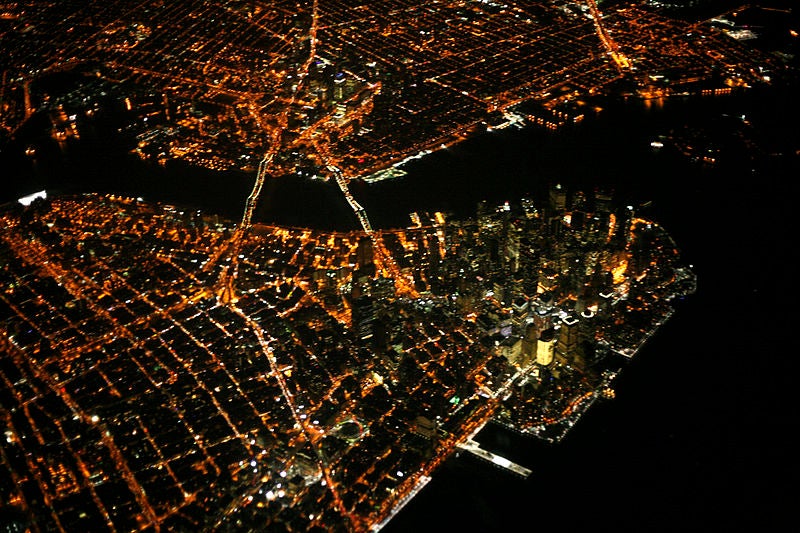New York Among the First States to Re-Evaluate its Utility Regulatory Framework

For most people, thinking about electricity is confined to two possible events: the arrival of the monthly bill and when the power goes out. The fact that most people don’t think about their electricity outside these two events — and let’s hope the latter is infrequent — is a testament to the robust regulation that has shaped the structure of the electric grid.
But cracks are forming that threaten the very foundation of the existing regulatory compact between utilities and customers. Extreme weather events caused by climate change and evolving consumer trends are testing the viability of the electricity system. The regulations that were crucial for maintaining stability in the 20th century are now forming barriers that make it difficult for utilities to adapt for a future that is fast approaching.
Spurred by these issues and encouraged by rapid advances in technology, the New York State Public Service Commission today initiated a proceeding to proactively identify solutions that will maintain reliable and affordable power while transitioning to a future that allows for more customer control and greater grid efficiency.
In a move that could have national implications, New York is now at the forefront of states looking to find answers to a rapidly-evolving energy industry. The order is the beginning of a discussion that will focus on how best to prepare for a future in which electric vehicles, rooftop solar panels, and other types of local, on-site power generation are commonplace.
Under the current regulatory environment, the needs of utilities and customers are bound together. Utilities are given the leniency to act as monopolies in a geographic area. In exchange, they are required to provide reliable service to everyone and have a right to recover the costs of providing this service.
With more available solar and wind energy, better energy efficiency, and more power coming from on-site, local sources rather than from centralized power plants, a model that incentivizes utilities to sell increasing amounts of electricity every year is unsustainable.
Over the next year, New York regulators and stakeholders will work to better understand these issues and find an equitable solution that allows for a modern, intelligent, interactive electricity system designed to maximize renewables, efficiency, and customer choice.
To be clear, this proceeding is not a destination, but a significant step towards a future where people have the option to play a greater role in how they use energy. EDF applauds the state for taking a call to action that will reverberate across the country.










